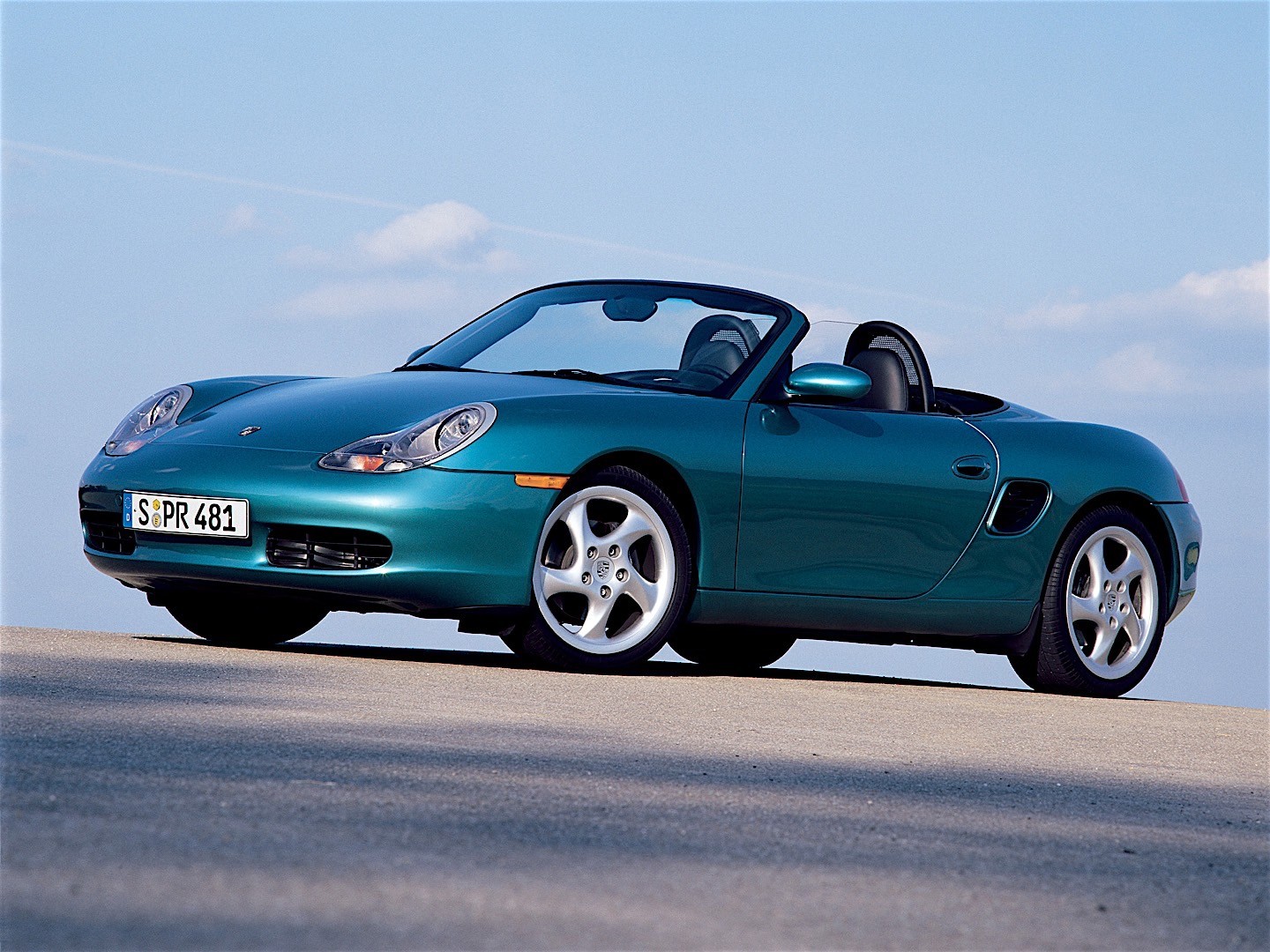Best Porsche Under $25K: Affordable Thrills on a Budget
Dreaming of owning a Porsche but working with a budget of $25,000? You’re in luck! While Porsche is often associated with high-end luxury and performance, there are still great options that offer the brand’s signature driving experience without breaking the bank. Whether you’re looking for a classic roadster, a well-balanced sports coupe, or even a practical yet fun SUV, this guide explores the best Porsches available under $25K. Let’s dive into the top choices that deliver the thrill of Porsche ownership at an attainable price. Don’t forget to check out all of our Porsche buyers guides hub and Porsche buyer’s guides by budget.
An Introduction
For the would-be Porsche owner, the cost of entry can at first glance seem pretty discouraging: a fully specified 911 Carrera S will set you back at least $130,000 new, and a 718 Boxster/Cayman S two-thirds of that. And while the Panamera, Cayenne, and Macan depreciate almost as quickly as other sedans and SUVs, eternal demand for Porsche sports models ensures their values stay high, even into their second decade. But for the buyer on a budget, all is not lost and as our survey will show, anyone with up to $25,000 USD to spend can do very well: there are plenty of cars out there, especially if you are prepared to travel. Of course, the usual buying-used caveats apply, even more so with desirable cars like Porsches where some sellers may pitch at distinctly ‘optimistic’ prices.
No Subscription? You’re missing out
Get immediate ad-free access to all our premium content.
Get Started



